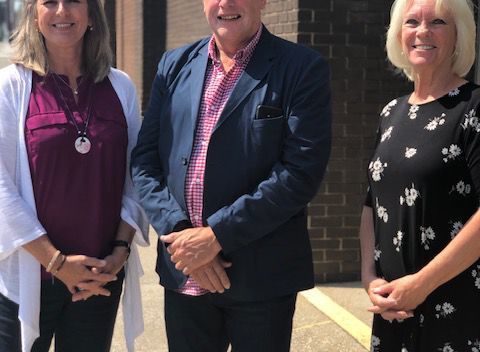
News
Through NIE program, newspapers bank on students
In the late 1980s, as a school teacher in the United Kingdom, George Kelly remembers melding newspapers and ... Read more

In the late 1980s, as a school teacher in the United Kingdom, George Kelly remembers melding newspapers and ... Read more